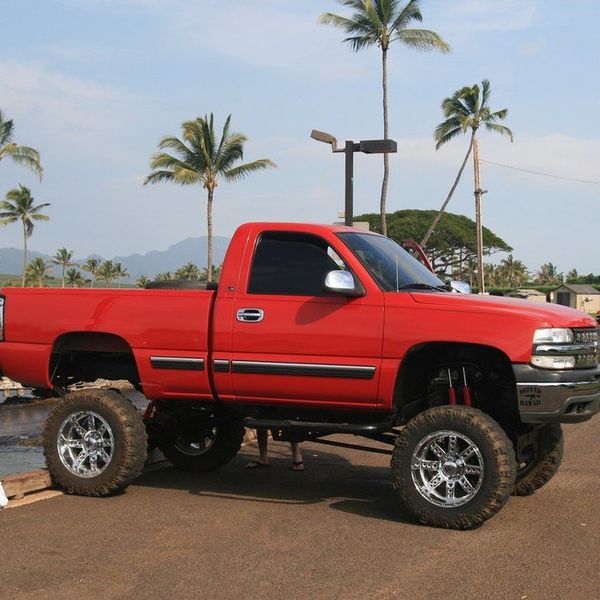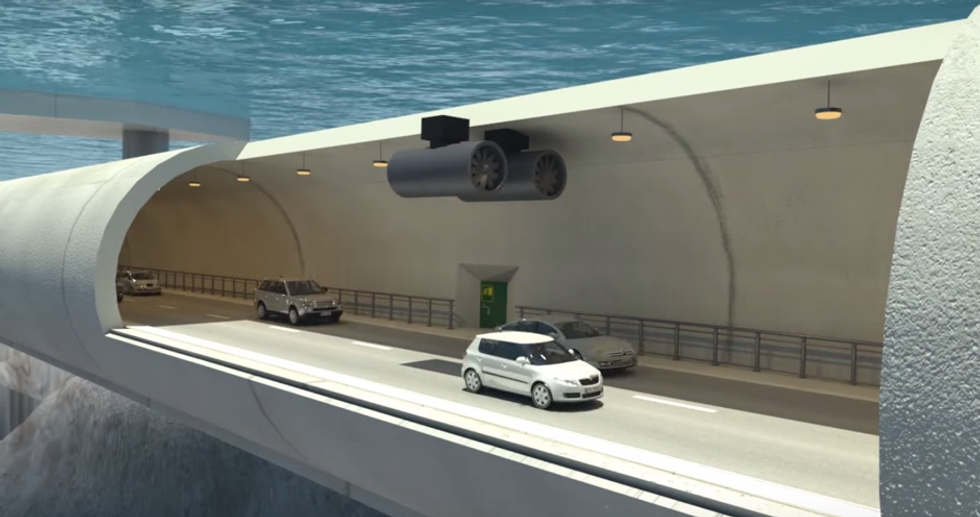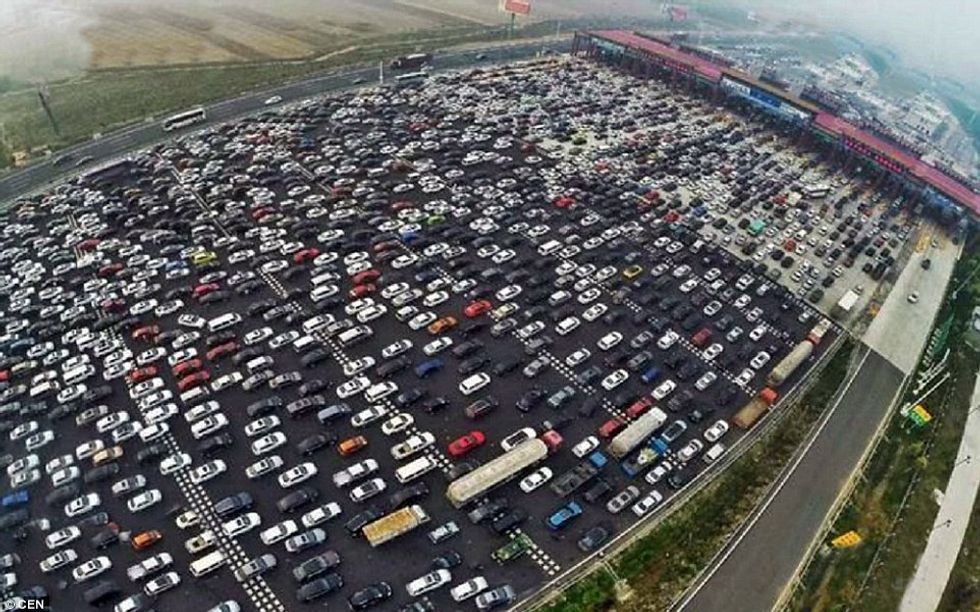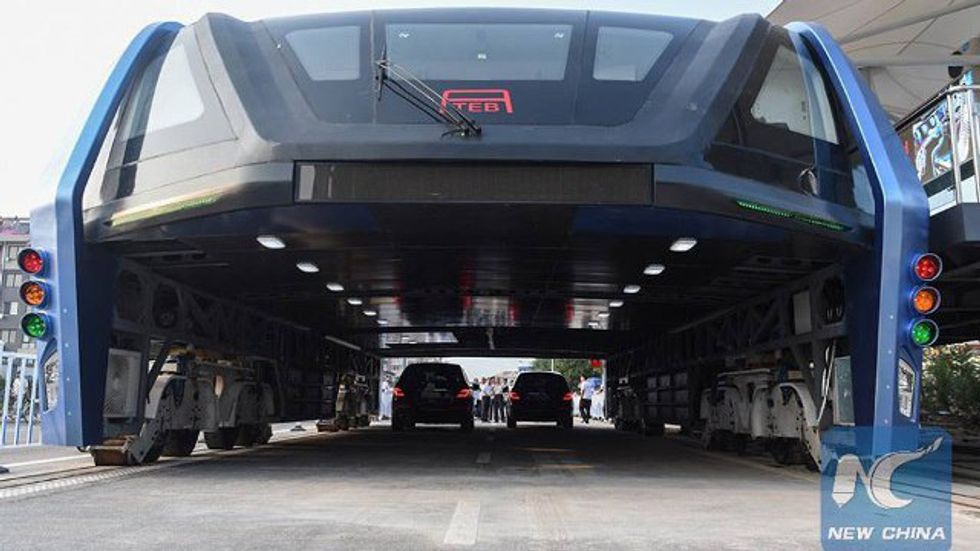Transportation is a very important thing. Until we can figure out Star Trek style teleportation technology (which scientists are kind of working on but can only use to copy inanimate objects using a 3D printer) we are shackled by our ability to cart things from one place to another.
Moving goods and people around is a huge problem of infrastructure, one that greatly affects our economies, our governments and our lives. The fact is that with current technology, there’s only so much we can carry, and only over so far a distance. Granted, with modern cars and planes and boats, that’s a lot of stuff over a lot of distance, but we’re still limited by facts of geography and physics. For example, the fact that you can’t drive through water, or the fact that cars can’t pass through one another.
Well, maybe those two aren’t facts anymore.
Engineers are constantly working to overcome the physical
obstacles preventing us from fully realizing the potential of modern
transportation, whether they be man-made obstacles (like other cars) or vast
walls constructed by nature (like the granite walled fjords of Scandinavia).
Norway’s coastline may be beautiful, with its stunning
mountains and seaside cliffs, but all those pesky waterways and mountains make
navigation an absolute pain, both for tourists and for locals. Because of the stunningly
beautiful geography of this no-doubt wonderful nation state, coastal roads are
forced to weave in and out of tunnels, around bluffs, and occasionally across
empty space from cliff to cliff on narrow bridges. Sometimes the road just
stops entirely, and cars have to wait for a boat to come alone and ferry them
to the other side of a small inlet.
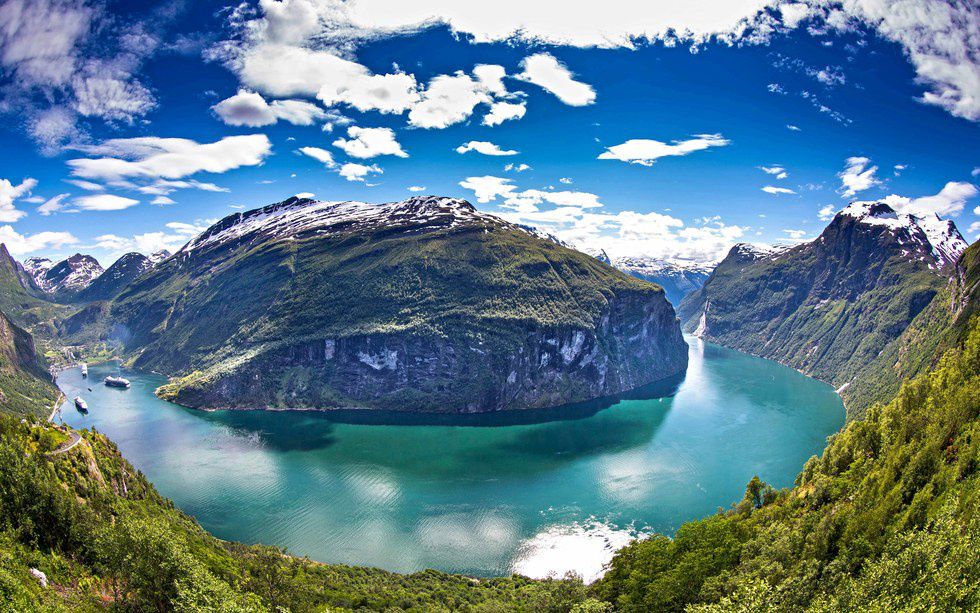
So Norwegian administrators have concocted a brilliant or
possibly insane plan -- to suspend pipes halfway between the sea’s surface and
the seabed, held aloft by their own structural integrity, to allow cars to pass
through. These tubes are something of a compromise between undersea tunnels --
which are made difficult by the delicate geography of Norway’s bedrock -- and
suspension bridges. They will be hidden completely beneath the waves, deep
enough to allow boats to still pass overhead, and will potentially cut travel
time between some cities in half.
China is similar to Norway in that it has an enormous
transportation problem, but one of an entirely different (and manmade) variety.
Due to their super dense urban centers and ludicrously huge population, China
has notoriously bad traffic jams that put any other country to shame. One even
lasted for more than ten days.
to such a problem: something called an Elevated Bus. The idea is to create a public transportation vehicle that is suspended high enough for other normal vehicles to pass under it entirely, allowing for hundreds of people to travel on public transportation without actually taking up any road space.
A few days ago, this design was first tested on a small 300
meter test track, showing that the bus was capable of carrying passengers while
still allowing for civilian vehicles to pass safely underneath.
to pass under it, while the largest vehicles on the road can be more than double that height. The company that produced this bus appear unconcerned, and have waved off criticism so far by stating that this initial test is only a proof of concept to show that it can be done, and that the current design isn’t intended to actually hit the streets at any point.

